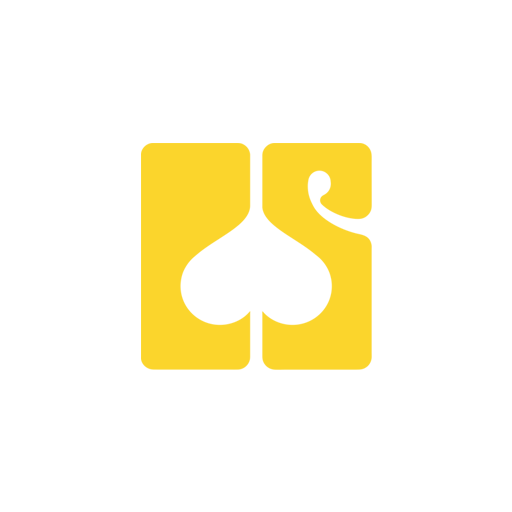Navigating Success: Unveiling the Objectives and Benefits of User Interviews in Design

User interviews stand as the cornerstone of user-centric design, offering invaluable insights that shape the trajectory of your projects.
In this blog post, we’ll delve into the multifaceted objectives and benefits of user interviews, shedding light on how this powerful methodology can elevate your design process.
User Interview Objectives:
- Diagnosing Design Effectiveness:
Uncover what is working seamlessly and identify areas that may need refinement or improvement within your design.
- Measuring Design Performance:
Gauge the overall effectiveness of your design by evaluating user interactions, satisfaction, and task success rates.
- Problem Diagnosis:
Pinpoint specific issues and pain points that users may encounter, offering actionable insights for targeted improvements.
- Comparing Alternatives:
Explore various design alternatives by understanding user preferences and reactions, aiding in informed decision-making.
- Verification of Design Goals:
Ensure alignment with initial design objectives, confirming that the end product meets the intended goals and user needs.
- Identifying Improvement Opportunities:
Actively seek opportunities to enhance and optimize the design, fostering continuous improvement.
- Gaining Insights into User Experience:
Delve deeper into the user experience, unravelling emotions, motivations, and perceptions that contribute to overall satisfaction.
User Interview Benefits:
- Direct User Feedback:
Obtain insights directly from users, bypassing intermediaries to gain unfiltered and authentic perspectives.
- Data-Driven Design Decisions:
Base design decisions on concrete data rather than subjective opinions, ensuring a more informed and strategic approach.
- Time and Cost Savings:
Save development time and costs by identifying and rectifying issues early in the process, preventing extensive rework.
- Positive Return on Investment (ROI):
User interviews contribute to a positive ROI by enhancing the user experience, leading to increased user satisfaction and loyalty.
Ancillary Benefits:
- Building a User-Centric Work Team:
Foster a work culture that values user-centred processes, creating a team committed to prioritizing user needs.
- Facilitating Change Management:
Ease the transition when introducing new designs or features, as insights gained from user interviews guide smoother change management processes.
User interviews emerge not only as a diagnostic tool but also as a catalyst for innovation and user-centricity. By understanding the objectives and embracing the myriad benefits, designers can harness the full potential of user interviews to shape designs that resonate with users, create positive experiences, and drive success in the ever-evolving landscape of design.
